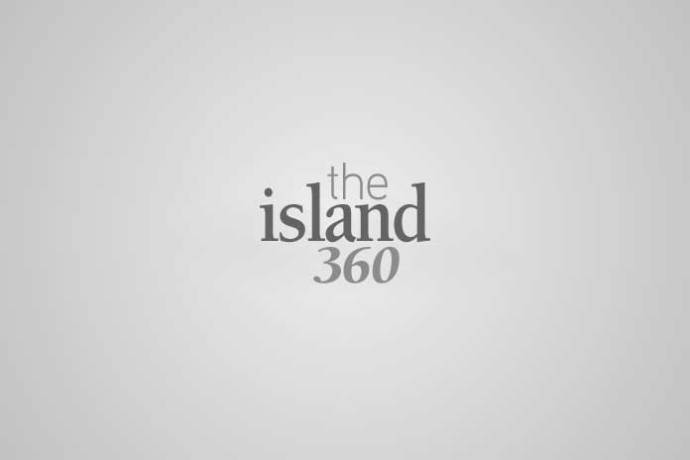By Dr. Robert A. Scott
Student loan debt is in the news. The focus is on the total amount of debt – nearly $1.8 trillion – and on President Biden’s campaign promise to cancel all student debt for those who attended public colleges and universities and came from families earning less than $125,000 in annual income. He pledged to cancel $10,000 in student debt for everyone else.
While I think this is a sincere attempt to address a problem, I think he should focus first on fixing the problems with the federal student aid programs. Then he should provide relief to those who suffered the most. For example, black college grads, on average, owe $25,000 more than white graduates.
Nearly 45 million Americans have outstanding student debt. But before deciding to forgive, let us know who holds the debt. Corrections to the federal student loan programs should target the problems and not start with a blanket solution if we are to have a fair outcome.
College debt is voluntary. The government limits federal borrowing by undergrads to $31,000. Therefore, a student who graduates with $100,000 or more in debt most likely either used it to “buy” a brand, attend medical or law school, or was duped by a predatory school. Only 7% of borrowers owe more than $100,000; they owe about one-third of all student debt and a large proportion is for graduate education. Most undergrads finish college with little or modest debt: about 30% graduate with no debt and about 25% with less than $20,000.
About two-thirds of students at public colleges graduated with an average of $26,900 in federal loan debt. Some 68% of private college graduates had average debt of $31,450. And propriety college students left with an average of $40,000 in debt. Borrowers with advanced degrees, and therefore access to jobs with higher incomes, represent 27% of borrowers and would get 37% of the benefit if loans were forgiven.
The corrections needed include these:
Interest rates on federal student loans should be lower than commercial rates if our national goal is to increase college-going. The practice of charging interest on interest and on loan fees, which adds to the total volume of debt, should be revised. In fact, 25% of all debt is debt accumulated on interest.
Also, federal student loans should be eligible for bankruptcy protection as is the case for other types of loans. President Biden should change the bankruptcy protection exclusion put in place at the insistence of the banks when they were the primary lenders.
Predatory for-profit “colleges” sanctioned by Congress also contribute to the loan crisis. Students at these colleges have the highest average debt, the highest loan default rate, the lowest graduation rates, and inadequate job preparation. These debts should be forgiven and the government should “claw back” funds from the owners and managers who “earned” millions of dollars from predatory practices.
Four-year colleges and universities should be held accountable as well. The four-year graduation rate for students attending public colleges and universities is 33.3%. The six-year rate is 57.6%. At private colleges and universities, the four-year graduation rate is 52.8%, and 65.4% earn a degree in six years. The rate for proprietary colleges is under 30%.
Colleges need to pay more attention to student success; parents and students need to have better information about the fit between the candidate and the campus. About 30% of students drop out after the first year. Colleges and universities bear some responsibility for these students who enrolled with loans and dropped out with debt.
Finally, the Public Service Loan Forgiveness Program, put in place to assist those who enter lower-paid professional positions in teaching and social work, for example, has suffered from mismanagement for years. The program should be fixed and those eligible should receive retroactive relief.
These recommendations apply only to federal student loans. They do not address the issue of private loans that also grew in magnitude due to federal policy. They represent 16% of all student debt and total $132 billion, with rates up to 13% compared to 3.73% for federal loans.
Slogans are not solutions. Policy should address problems, not campaign promises. The problems with the federal student loan programs are real. The solutions are within our grasp, especially more robust counseling for students and parents about the options available.
Robert A. Scott, Ph.D.,
President Emeritus, Adelphi University*
*Dr. Scott has also been president of a public institution, Ramapo College of New Jersey, and leader of a state higher education coordinating board, Indiana and New Jersey. He is the author of How University Boards Work, Johns Hopkins University Press, 2018; Erik Hoffer Awardee, 2019.

